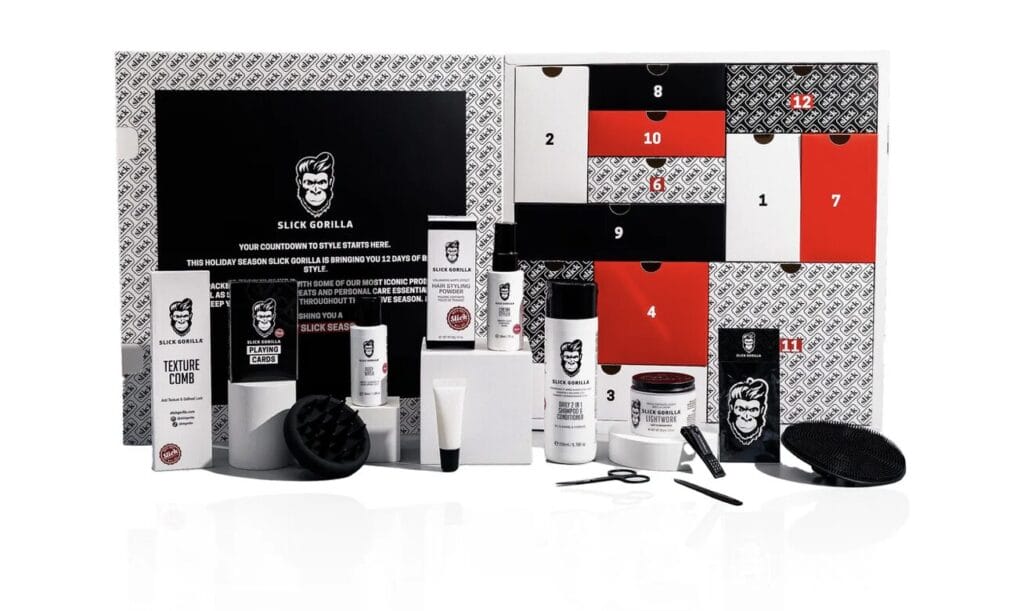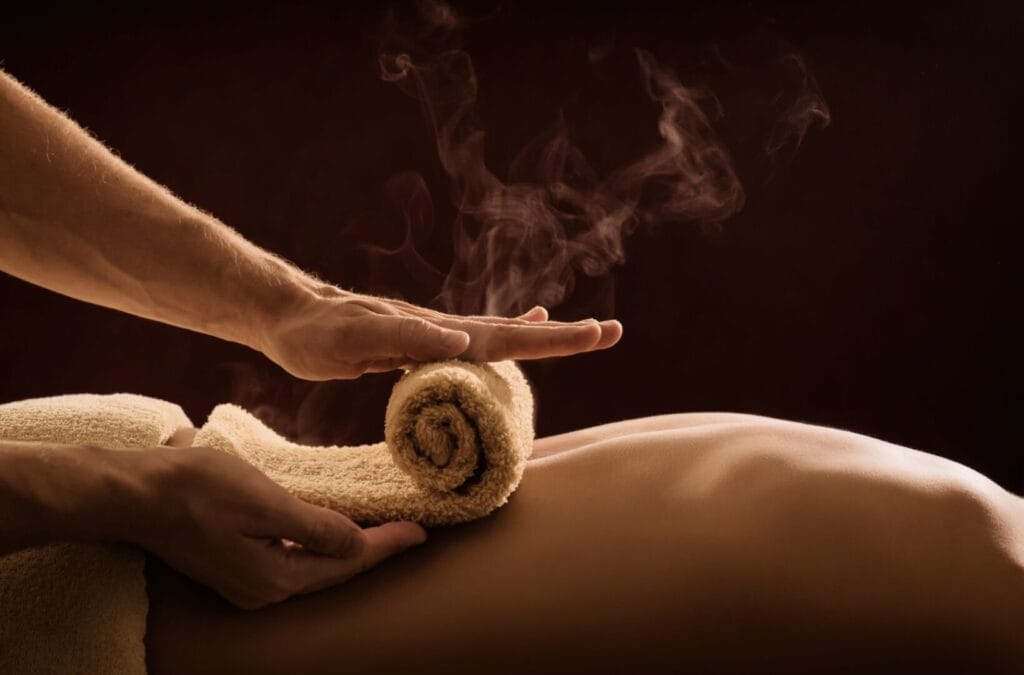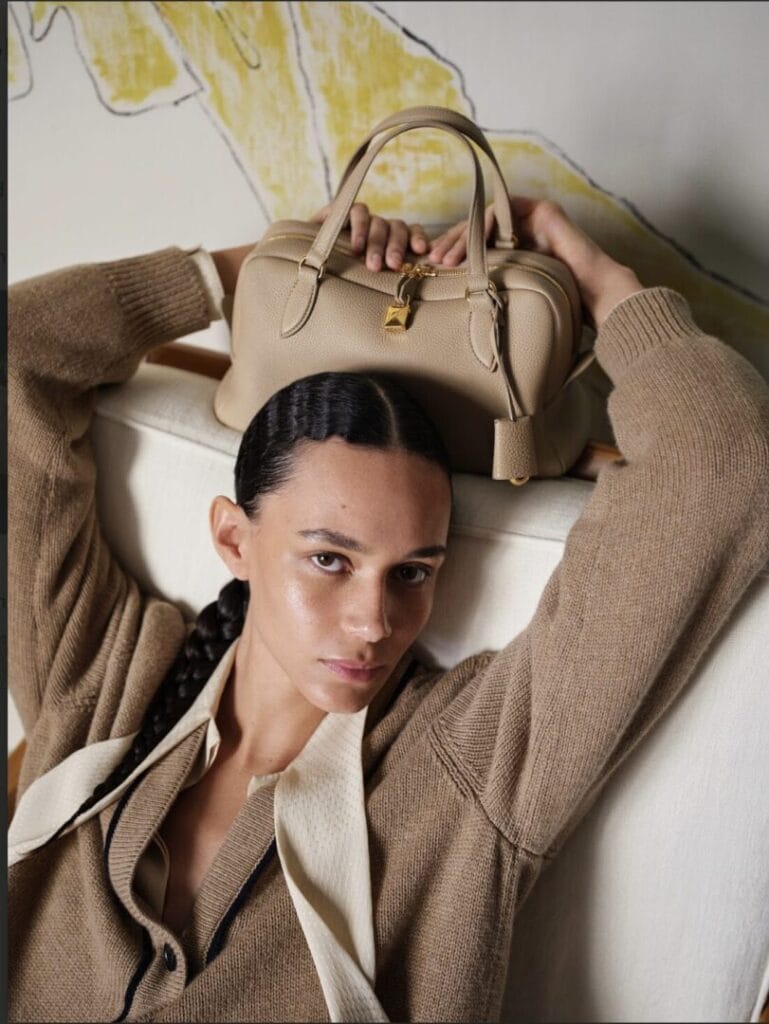This season in Paris was about change, and not the kind that’s just for show. With new creative directors taking over some of fashion’s most storied houses, there was a noticeable shift in tone. The collections felt clearer, more focused, and surprisingly grounded. Designers seemed less concerned with making viral moments and more interested in creating clothes that mean something, clothes that real people actually want to wear.
It made for a strong season overall. Each show offered its own take on modern femininity, whether that meant simplifying, rebuilding, or completely starting over. Paris didn’t feel like it was chasing trends this time. It felt like it was defining them.
Chanel:
Chanel has fully stepped into a new era, and it’s one that finally feels in tune with what women actually want. Matthieu Blazy’s debut was one of my favorite Chanel collections to date, smart, wearable, and grounded in reality without losing any of the house’s charm.
The show unfolded under a ceiling of suspended planets, but it was the clothes that held attention. Tweed tailoring came with a new ease, wide-leg trousers replaced pencil skirts, and delicate metallic detailing added just enough shine. There was movement in every look. Cropped jackets swung, feathers caught the light, and nothing felt overworked. Blazy stripped away the stiffness that’s crept into Chanel in recent years and replaced it with energy. This was confident, considered, and cool. A fresh start that made Chanel feel relevant again.

Dior:
Jonathan Anderson’s debut at Dior was one of the most anticipated moments of the week, and it delivered. His approach was intellectual but never cold, balancing structure with softness in a way that felt both forward and respectful of the house’s DNA.
The set, a mirrored glass pyramid, set the tone for reflection and reinvention. The iconic Bar jacket was cropped and reimagined with fluid lines, paired with sharp trousers or sculptural skirts. There was a new sense of motion in how the clothes hung and shifted. Anderson brought in unexpected materials and playful details, bows, buckles, draping, but kept the silhouettes streamlined. It was still Dior, just through a new lens. Elegant, intelligent, and exactly what the house needed.

Hermès:
At Hermès, the story was one of quiet strength. Nadège Vanhée stayed true to the house’s DNA but gave it a pulse that felt modern. Her collection focused on craftsmanship and cut, with buttery leathers and crisp cottons shown in shades of caramel, cream, and clay.
There’s a confidence that comes from not having to shout, and Hermès embodies that. Cropped jackets, wrap skirts, and fluid dresses were built with precision but still moved naturally. Even the suede touches, subtle bronze belts and printed scarves, felt understated. This was luxury at its most refined: thoughtful, tactile, and timeless.

Saint Laurent:
Anthony Vaccarello continued to sharpen Saint Laurent’s silhouette, creating a collection that felt sleek and cinematic. The shoulders were strong, the waists defined, and the fabrics flowed with intent. It was powerful without being aggressive, sensual without being obvious.
The color story leaned into warm desert tones, sand, brown, and deep black, a palette that gave the collection a sense of permanence. There’s a rhythm to Vaccarello’s work now. He doesn’t reinvent Saint Laurent each season. He perfects it. This one felt especially polished, confident, and wearable in that effortless Saint Laurent way.

Balenciaga:
Pierpaolo Piccioli’s first collection for Balenciaga was one of the most interesting moments of the week. Known for his romantic touch at Valentino, Piccioli brought warmth to a brand long associated with irony and provocation.
The shapes were still structured, oversized coats, long skirts, precise tailoring, but the attitude was softer. Draped silks and layered knits replaced hard edges. The color palette was muted but rich: charcoal, slate, and soft rose. It was emotional but not sentimental, classic but still experimental. Piccioli didn’t erase Balenciaga’s past. He redirected it. The result was a house that suddenly feels human again.

Schiaparelli:
Daniel Roseberry continues to make Schiaparelli one of the most exciting shows in Paris. His Spring/Summer 2026 collection leaned into sculpture and fantasy, but never lost its sense of wearability.
Golden hardware twisted around corsets, exaggerated shoulders framed the body like armor, and soft suiting grounded the more surreal pieces. The craftsmanship was extraordinary, but what made it resonate was how fresh it felt. Schiaparelli’s surrealism has always been theatrical, but under Roseberry, it feels personal. This collection wasn’t about shock. It was about confidence, imagination, and control.

Imagery courtesy of Giovanni Giannoni/WWD
Miu Miu:
Miuccia Prada’s Miu Miu girl continues to evolve. This season, she played with structure and practicality, combining school-uniform references with sharp tailoring. Button-down shirts were layered under aprons, pleated skirts were styled with rugged belts, and loafers grounded everything in reality.
The collection walked a fine line between pretty and utilitarian. There was something inherently relatable about it, pieces that could be mixed, reimagined, and actually worn. Miuccia understands how to make ordinary things feel extraordinary, and that balance is what keeps Miu Miu fresh. It was clever, polished, and just rebellious enough.

Coperni:
Coperni’s Spring 2026 show explored the balance between innovation and intimacy. Designers Arnaud Vaillant and Sébastien Meyer introduced C+ Carewear, a new fabric technology that releases prebiotics onto the skin, bringing a human touch to their signature futurism.
The clothes stayed sleek and minimal; sculpted blazers, fluid skirts, and draped bustiers that moved easily on the body. Soft, elemental tones replaced shine-heavy textures, giving the collection a calm, refined energy. It felt forward-thinking but grounded, proving that Coperni’s version of modernity is as much about feeling as it is about form.

Loewe:
Jack McCollough and Lazaro Hernandez’s first collection for Loewe marked a smooth transition. They brought their architectural eye from Proenza Schouler and applied it to Loewe’s craftsmanship and sense of texture.
The result was clean but expressive: elongated sleeves, sculptural knits, and perfectly cut trousers that moved with quiet precision. They played with proportion and layering without losing control. It was a debut that felt confident and honest, not about reinventing the brand, but about understanding it. Loewe’s future looks to be in good hands.

Imagery courtesy of Giovanni Giannoni/WWD
Valentino:
Alessandro Michele’s Valentino feels softer and more introspective than his work at Gucci, but no less imaginative. This season, he leaned into lightness, chiffon gowns, floral embroidery, and a muted palette that moved from ivory to lilac to deep coral.
It was romantic without being over-the-top, detailed without being heavy. The styling felt freer, the fabrics lighter. Michele brought a sense of intimacy to Valentino that suits it beautifully. It’s emotional, elegant, and quietly confident. A collection that reminds you why he’s one of fashion’s most distinct voices.

This season proved that Paris doesn’t need to reinvent the wheel to move forward. What made these collections so strong wasn’t their scale, but their intent. Each designer seemed to be editing, refining, and refocusing, asking what feels right now rather than what’s loudest.
From Blazy’s energized Chanel to Anderson’s thoughtful Dior and Piccioli’s heartfelt Balenciaga, the tone across Paris was clear. Real change is happening, and it looks good. The clothes felt purposeful, modern, and alive, proof that reinvention doesn’t always mean revolution. Sometimes it just means getting it right.
Save Article








